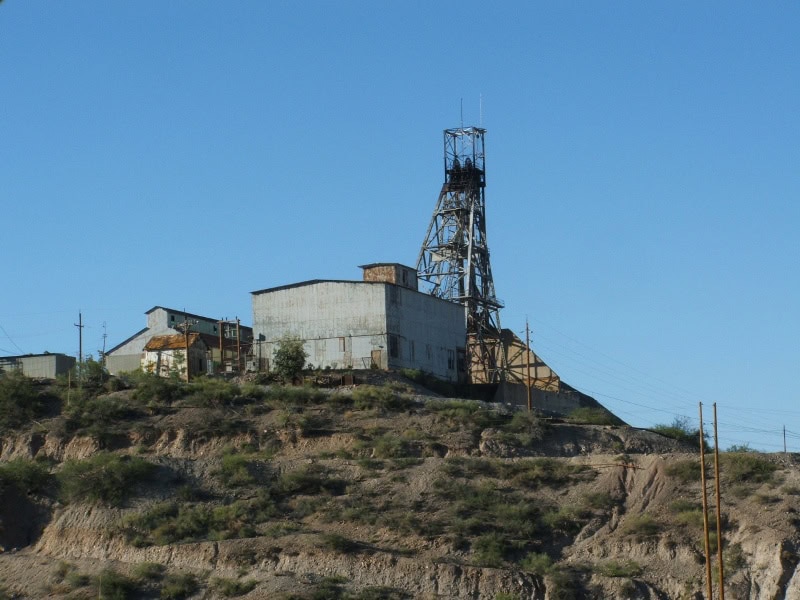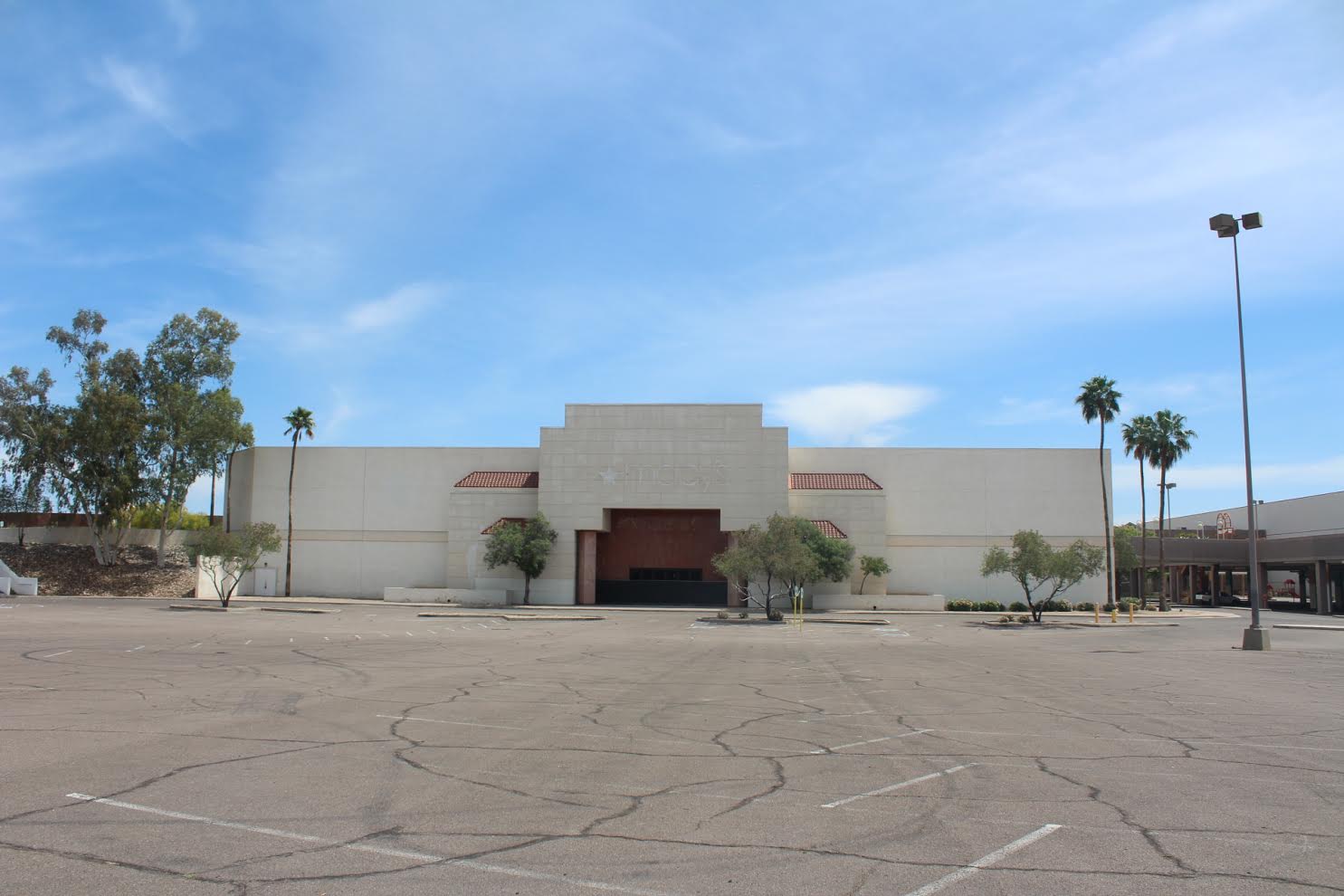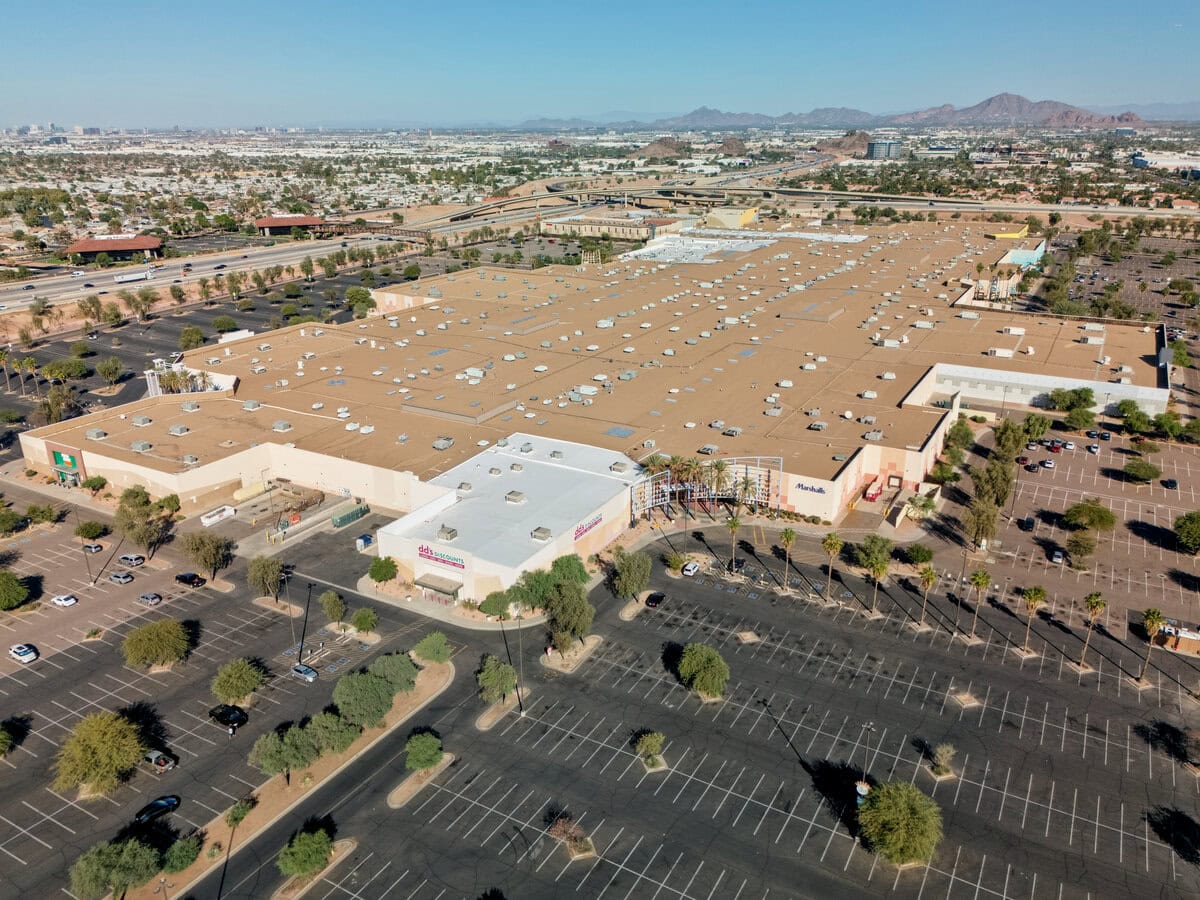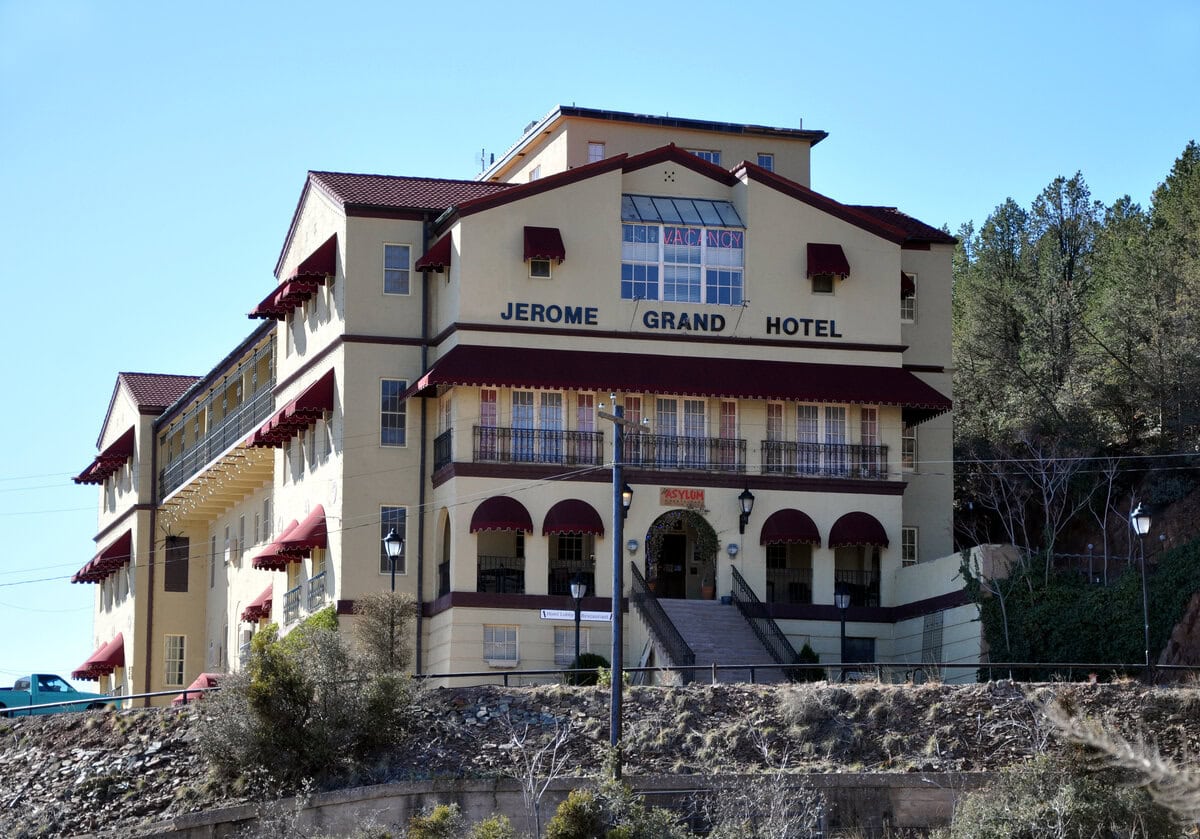The Smokestacks That Marked a Generation
Three towers, each 775 feet tall, cut through the desert sky near Page. You could see them before you saw the town.
For locals, they meant jobs. For cities across the Southwest, they meant water and light. The Navajo Generating Station didn't ask for attention, it owned the horizon.
Coal-fired, water-cooled, and federally backed, it moved electricity and politics in equal measure. The plant is gone now, but its shadow still falls across northern Arizona.
Power by Design
In the postwar Southwest, demand moved faster than supply.
Cities sprawled. Air conditioners ran longer.
The Central Arizona Project, meant to move Colorado River water hundreds of miles, needed a dedicated power source.
The Bureau of Reclamation, already stretched, had to find one.
Hydropower was the first plan. Bridge Canyon. Marble Canyon. But damming water that close to the Grand Canyon sparked resistance.
By the late 1960s, environmental pushback had stopped those ideas.
What survived was a pivot: build a coal plant instead.
The site came next. Roughly six miles east of Glen Canyon Dam, three miles south of Lake Powell, 1,786 acres are leased from the Navajo Nation.
Nearby: the Kayenta Mine, a rail line, and all the surface water the cooling systems would need.
Construction began in April 1970. Bechtel led the work.
The first unit came online in 1974, the last in 1976.
Three generators, 750 megawatts each. Final price tag: $650 million.
The plant served three states and powered the pumps that moved 1.5 million acre-feet of water across Arizona.
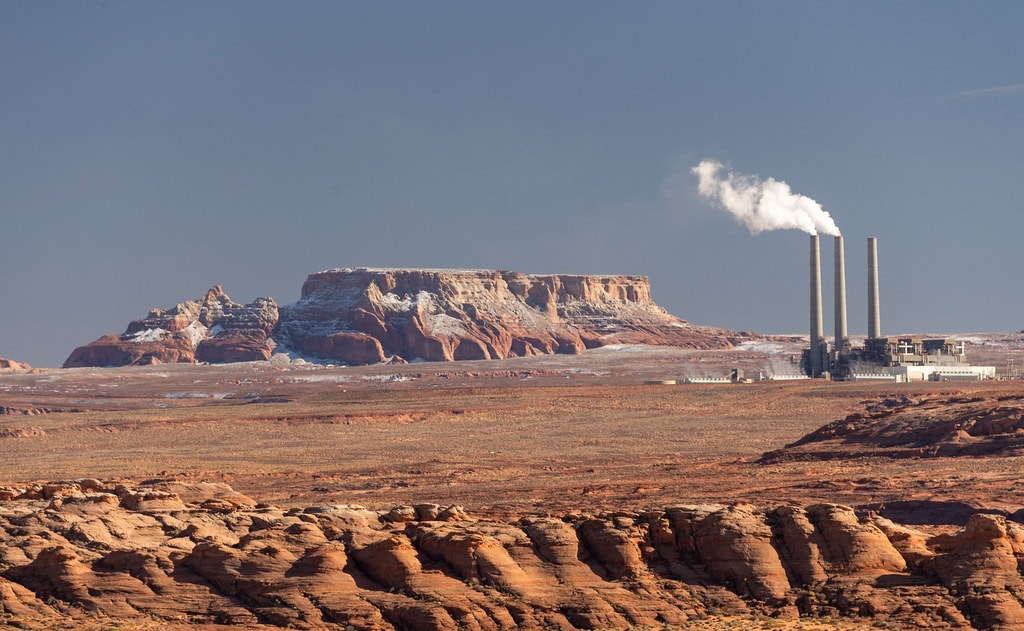
Scrubbers, Studies, and Standoff
By the late 1970s, the questions weren't about whether NGS worked.
They were concerned about what was being put into the air.
Early visibility studies started in 1977, aimed at national parks like the Grand Canyon.
The big worry: sulfur dioxide and winter haze. WHITEX, a tracer experiment, and the Navajo Generating Station Visibility Study followed.
Findings showed modest but measurable impacts, 2% to 7% visibility improvement possible if SO₂ dropped. That was enough for the EPA.
In the early 1990s, the agency proposed a 70% reduction.
But the numbers didn't stay there. Environmental groups and plant operators negotiated a deeper cut, 90%, averaged annually.
The tradeoff: more aggressive targets, lower long-term cost.
Wet scrubbers with forced oxidation were chosen. Each unit got its own set. Construction, led by Stone & Webster, ran from 1994 to 1999. Total cost: $420 million.
That wasn't the end of upgrades. From 2003 to 2005, the electrostatic precipitators were stripped and rebuilt.
Between 2009 and 2011, the plant added low-NOx burners with separated overfire air.
The result: nitrogen oxide dropped by 14,000 tons per year.
By 2011, the emissions per megawatt-hour were lower than most U.S. coal plants.
But NGS still ranked seventh nationwide for total CO₂ emissions.
Visibility, meanwhile, improved. Air monitors in Page and the Grand Canyon showed clean readings.
In 2012, a mercury advisory for Lake Powell drew scrutiny, but NGS emissions were found to be responsible for less than 2% of atmospheric mercury deposition in the watershed.
Most of it came from geology, not smokestacks.
Royalties, Wages, and Lease Terms
NGS meant more than power, it moved money.
Each year, it generated about $100 million in wages and another $50 million in leases and royalties tied to the Kayenta Mine.
The mine, operated by Peabody Energy, sat roughly 75 miles away.
Coal moved to the plant by rail, specifically the Black Mesa and Lake Powell Railroad, which was built for the job.
The plant itself employed 538 people. The mine added another 430.
Most were Navajo or Hopi. Tribal members held 83% of the plant's jobs and 93% at the mine.
Wages paid out from both operations helped stabilize households across the reservation.
Royalties followed a federal-style model: 12.5% of gross proceeds.
That added up to about $37 million per year for the Navajo Nation and $13 million for the Hopi Tribe.
The numbers were steady, even as other parts of the coal economy slipped.
In 2012, the combined income from NGS and the mine covered a quarter of the Navajo Nation's revenue and 65% of the Hopi Tribe's.
Lease terms helped shape the politics. The original lease ended in 2019.
Talks for a 25-year extension set payments at $9 million per year starting in 2020, with other required contributions escalating to $34 million.
Indexed for inflation, the annual total was projected to hit $52 million. But the agreement stalled.
Without a signed lease, closure moved from possible to inevitable.
Owners had made clear they wouldn't keep running the plant without one.
In March 2019, the Navajo Nation halted its purchase efforts.
The shutdown date was already on the calendar.
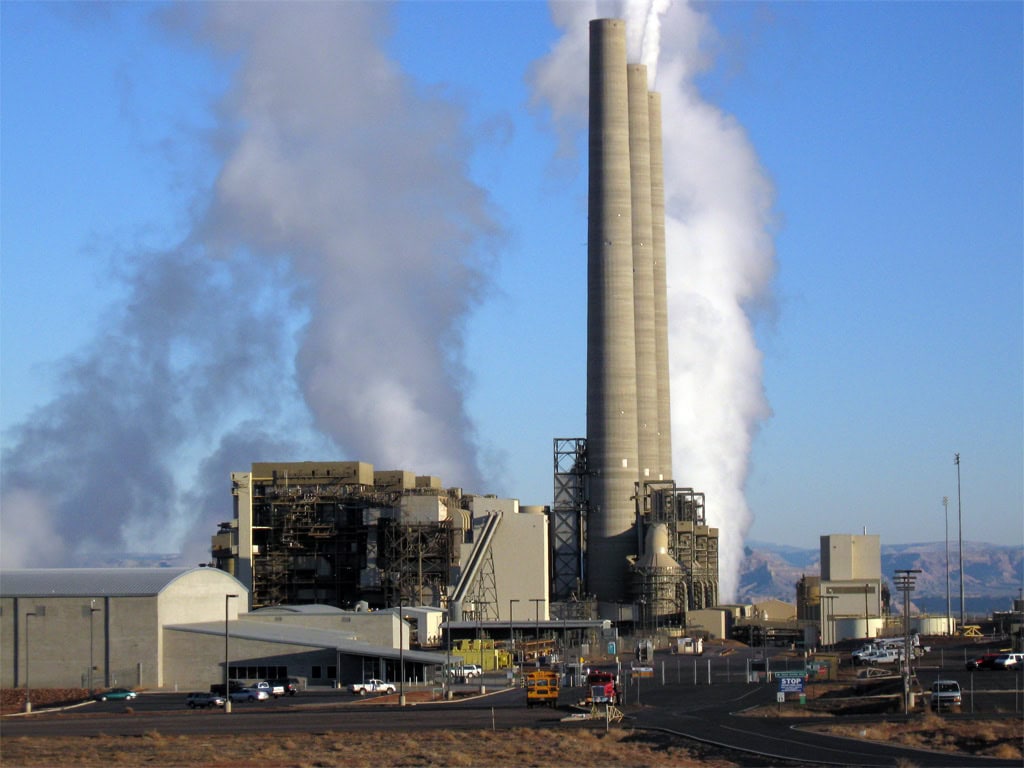
Market Collapse and Exit Plans
By 2016, the numbers were working against coal. Electricity from natural gas was averaging $32 per megawatt-hour.
NGS, still coal-fed and aging, hovered around $38.
The gap wasn't massive, but it was enough. Volume dropped. Unit output shrank. Margins thinned.
Then came the withdrawals.
The Los Angeles Department of Water and Power announced its exit in 2016, citing California's legal block on long-term coal investments.
NV Energy followed with plans to divest by 2019. These weren't symbolic gestures. Together, the two held nearly a third of the plant.
Once they were out, the ownership model cracked.
At the time, NGS still had legal clearance to run through December 22, 2044.
However, the lease was up in 2019, and the new terms weren't locked in.
The final decision came in early 2017. Plant owners voted to close the facility once the lease expired.
That triggered a secondary chain: the Navajo Nation explored taking over the plant.
A deal would have required a new operator, full regulatory clearance, and acceptance of cleanup liabilities.
Talks carried on for two years but didn't stick.
By March 2019, the tribe ended its bid. The lease expired that November. Commercial operations stopped on November 18, 2019.
That month, the control room powered down. The switchyard went quiet. The final delivery of coal had already burned off.
Takedown and Turnover
Decommissioning started before the last voltage left the lines.
Salt River Project, the operating utility, awarded the job to Independence Excavating.
Scope: 300 acres cleared, all structures down, site restored.
The plant's tallest icons, three 775-foot smokestacks, came down on December 18, 2020.
Video from that morning shows the towers falling in sequence.
Dust clouds rolled west. For the first time since 1976, Page had a clear line of sight across the valley.
Cleanup wasn't fast. Crews pulled miles of conduit. Cooling towers were cut into sections and hauled off.
Gypsum piles, left behind from years of scrubber operations, were covered and sealed.
Equipment from the warehouse was stripped and repurposed.
One of those repurposings had a postscript. In 2023, ZenniHome took over the old warehouse to build modular homes.
Factory-produced, high-tech, smaller-footprint. The contrast wasn't subtle.
Water use had been central to the Navajo Generating Station.
NGS drew about 26,000 acre-feet per year from Lake Powell, roughly half a gallon per kilowatt-hour.
That allocation, tied to federal contracts, reverted after closure.
In 2021, discussions began around redistribution. No final decisions yet, but the reallocation process is on paper.
In April 2024, SRP handed the lease site back to the Navajo Nation.
What followed was a 35-year monitoring agreement. Water testing. Soil sampling.
Reporting lines that now run in the opposite direction, from the grid back to the ground.
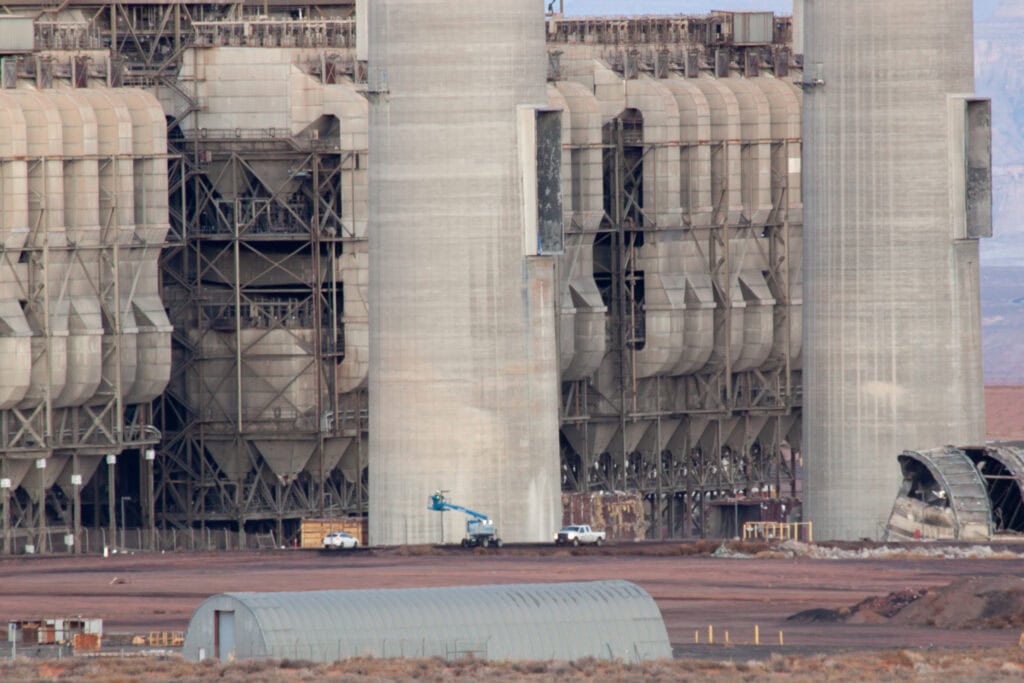
🍀



